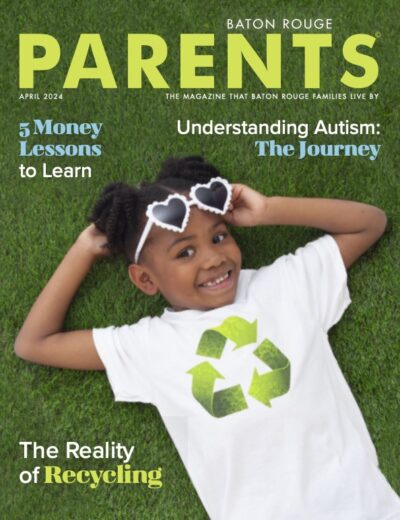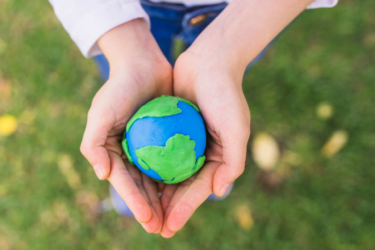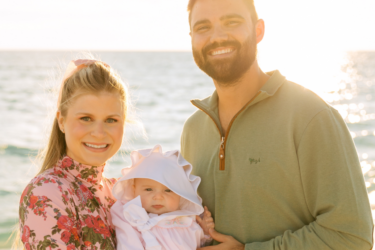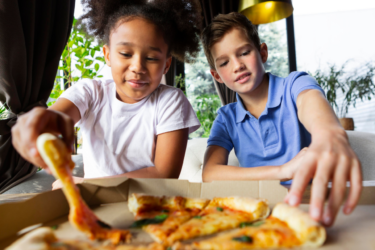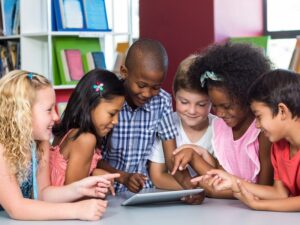
From Color-Blind to Color-Brave: Talking with Kids About Race
Growing up in a mostly white region, I don’t remember a lot of family conversations about race. But my lawyer parents, both public defenders, shared a law practice in a racially diverse neighborhood. I saw how their clients with black and brown skin fared differently in the criminal justice system than those with white skin, even if I didn’t understand why.
Thirty years later, I know more about how racial identities impact our lives. My daughter attends middle school in the same neighborhood where I started thinking about racial equity. Her school is inclusive, and her teachers are great guides. But that doesn’t mean I get to skip important conversations about race.
Talking About Race
Before they can talk, kids are forming ideas about race. Studies, including Kenneth and Mamie Clark’s “Doll Study,” show that children can identify racial characteristics in early childhood, associate positive characteristics to white skin, and show a preference for their own race from infancy.
Education and systems consultant Erin Jones uses the doll study in her workshops on racial equity. “We’re making decisions about skin color really early in life,” says Jones. “We’re getting messages from the world about what’s good and what’s bad and who’s smart and who’s not, and we have to disrupt those messages that kids are getting.”
Creating a Safe Space
So, how can parents start talking? Start by establishing a safe space where kids know it’s okay to say the “wrong” thing, because you’re all learning together. Kids should know that if they use the wrong word, adults won’t flip, says Hope Teague-Bowling, Interchangeable White Ladies podcast co-host.
Focus on a kid’s intent, not on terms that might be outdated, she says. “Adults need to be understanding but also use a teachable moment to build language to talk about tough topics. In the classroom, I hear all sorts of terms, and I usually ask students to explain their thinking or choice of words. Then, we discuss their impact or how it comes across.”
When people are afraid of messing up, they stop talking about race, says Jones. “I approach this topic with grace and mercy–I assume the best intent. We have to create a dynamic where we let people make mistakes.”
Having a Vocabulary Lesson
In episode two of the podcast, Teague-Bowling notes that students are seeing and experiencing different things around racial equity but don’t always have the language to talk about it. Parents can help here by giving kids the most basic building block for communicating about race–language.
Jones starts workshops this way, because talking about race gets easier once people learn common language. “We talk about the difference between race, which is kind of a created thing but still something we need to talk about, and ethnicity and culture, why it’s important for multiethnic and biracial students to have the power to identify themselves as they choose, and why we might say ‘black and brown people,’ which I tend to use more than ‘people of color.’”
Going From Color-Blind to Color Brave
Well-intentioned white parents might be squeamish about race conversations because they embrace a “color-blind” ideal–an “I don’t see color” world in which racial identities don’t matter. Though color-blindness comes from a well-intentioned place, it’s problematic. “As white people, we tend to promote color blindness because we think that’s the best way to make the world fair and equal,” says Teague-Bowling. “But the reality is that our racial divide is our history. Whether it’s slavery or Japanese interment, we need to see all these pieces as part of our history–we aren’t removed from it.”
Jones adds, “When you say you’re color blind, what I hear is that you don’t see me. Instead of color blind, be color brave.” That means acknowledging the role that race plays in our history and how racial identities impact people. And while this does involve broaching difficult topics, it also involves conversations about the people in your child’s world.
“We can talk about black excellence, for example, and talk about someone’s race as another positive attribute and part of who they are,” says Teague-Bowling. For today’s kids are growing up amid deep political, social, and economic divides, conversations about race can build critical thinking skills and empathy, tools they need to understand their world.
And for white people, like me, who are wanting to do a better job at communicating with others about race, listening to one another is just as important as talking.
“This is a process for all of us, and you’ve just got to arrive knowing that you’re not going to get it all fixed,” explains Jones. “Keep talking and be willing to grow.”

